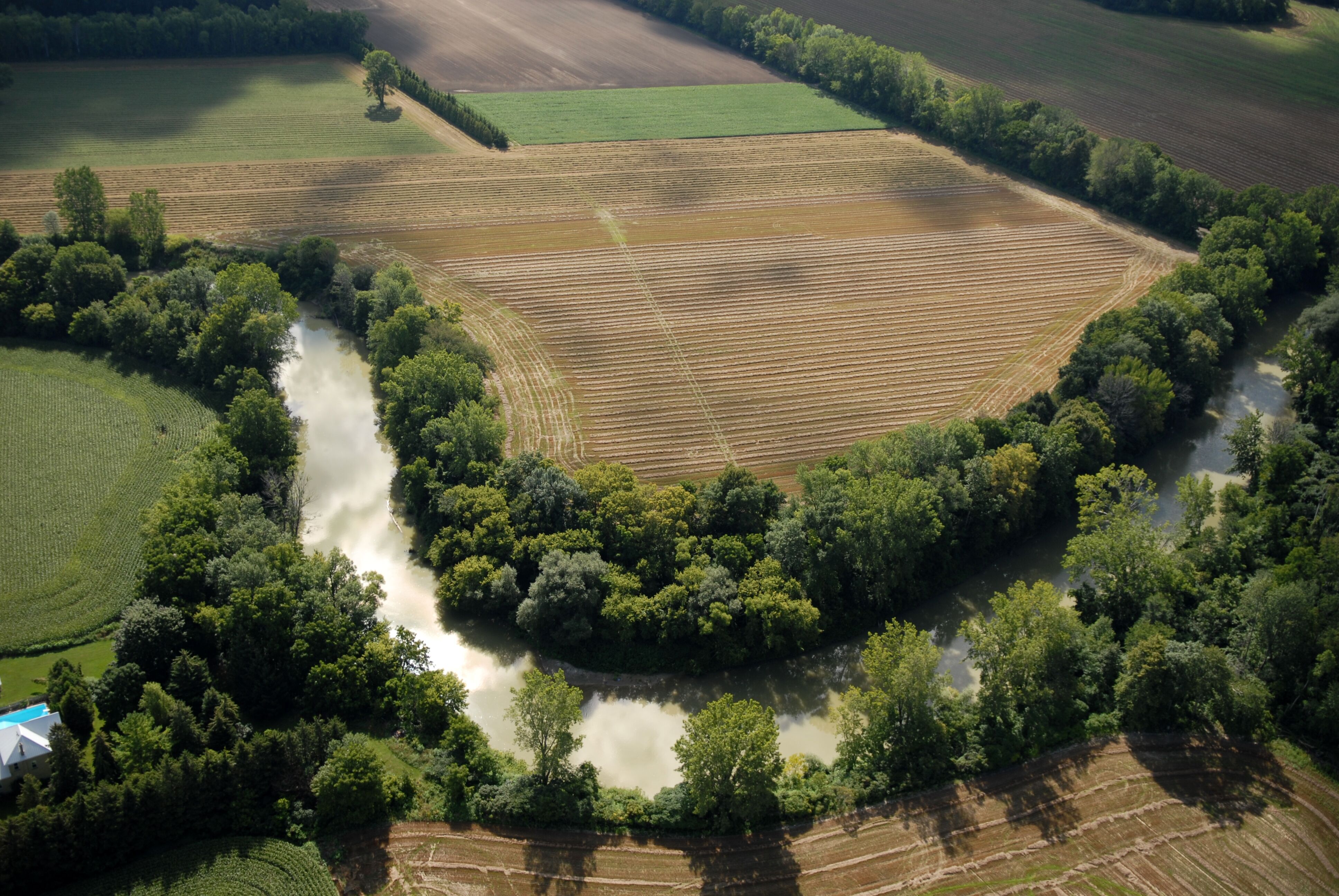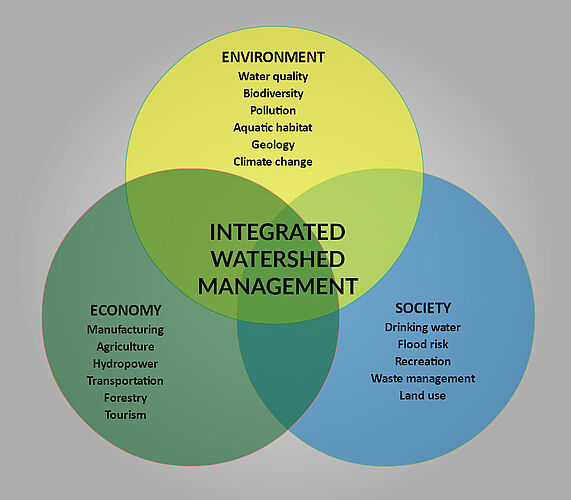Integrated Watershed Management
Conservation Authorities rely on an Integrated Watershed Management (IWM) approach to protect water resources and address escalating environmental challenges from the impacts of climate change and rapid urbanization.
Our activities on the land impact the health and sustainability of natural resources and can threaten how much water remains available, as well as, how well we can adapt to the impacts of climate change. IWM is an approach that requires us to manage human activities and natural resources, together, on a watershed basis taking into consideration the connected interests and needs of the environment, economy and society. Read the IWM Fact Sheet.
IWM is based on five principles that align with Conservation Authority watershed plans
- Watershed-based, informed by science
- Requires us to manage natural resources and human activities together
- Considers the interests and needs of not just the environment but also the economy and society because they are connected and impact each other in good and bad ways
- Relies on an adaptive management approach which establishes a plan, implements the plan, monitors and reports, and then re-evaluates and updates the plan, if necessary
- Needs collaborative governance at many levels for shared decision-making and priority setting
Roles of Conservation Authorities when using an IWM approach
- Through monitoring, assess local conditions to flag issues and guide strategies
- Facilitators and coordinators who bring diverse multi-stakeholders to the table
- Source of local science and information
- They can leverage resources
- Local program delivery agents
- Provide technical expertise
Some of the tools used to implement an IWM approach
- Watershed plans and watershed management programs and services
- Strategies, policies, legislation and regulations (e.g. climate change)
- Green economy initiatives and incentives

